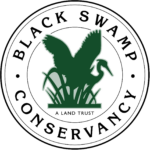This past spring, Michael Schiewer of Herbaceous, ltd. – the first participant in our Food & Farm Initiative – began operations on Conservancy land. As the winds begin to chill and herb beds are put to rest for the winter, we spoke with Mike about his experiences this season.
How did you become involved with the Food & Farm Initiative?
Through the community; I met Rob [the Conservancy’s director] at an event last fall, where I had given a presentation. I was looking for land because my former rental was no longer an option and I wasn’t sure whether I could continue my business. Rob told me about this program that the Conservancy was starting up, and encouraged me to apply to the RFP.
What are some differences between this program and other land arrangements you’ve had?
The biggest, most important thing is probably the resources. The Conservancy has connections in the agricultural and conservation fields that we were never able to tap into before. It’s also great knowing that the land here has a good history; it’s been well-cared for and there’s no worry about contamination. The other thing that’s great is being able to use the land as though it’s mine.
What are some notable things that have happened in your business this year?
The business has really expanded. Having more land means that we can offer more product and greater variety. The story behind the herbs is really appealing to our clients as well. They like being able to tell their customers that their products are made with herbs grown organically at a nature preserve – how often do you hear that? Then, just a lot of learning. It’s only my third year, so there are always new things to figure out.
Do you have a favorite plant that you’ve grown this season?
The lemon verbena. It has an amazing fragrance and the leaves have such a bright color in the field.
What are your plans going into next season?
We’ve been struggling to get the greenhouse completed, but that will be ready to go by spring, so that’s one thing. I also want to tie back into my roots in designer landscaping, to create a working farm on the model of a garden, and hope to open it up to agritourism. It could be a great site for photographs, meetings, dinners; we could have chefs come and tour the place where their herbs are grown. We’ll also be taking cuttings of a lot of the annuals here to overwinter in my greenhouse at home, so we won’t need to start everything from seed next year.
What was the most difficult thing you had to deal with this year?
Well, like everyone, the rain and the late spring. But also, going from 1/21st of an acre to 2/3 of an acre was a huge expansion. It requires a whole new level of planning, and learning the land was a challenge. That’s probably the biggest thing – learning the land that we’re on now; how it acts and what it wants us to do.
What was unexpected about your season?
The amount of water that the land holds. I mean, it is a swamp, but we hadn’t really thought about it that way. It’s not a bad thing, just a hurdle that we need to learn to work around. We already have plans to turn the wettest corner into an edible rain garden with some native berries.
What is the best thing about this location?
Probably the location itself. It gets really windy out here and some of the herbs, like the basil, can be pretty sensitive to that. But our field is nestled into the corner of the woods, so it’s fairly well-protected. It’s also accessible from the highway and a couple different cities. That helps us to tap into other markets beyond Toledo.


